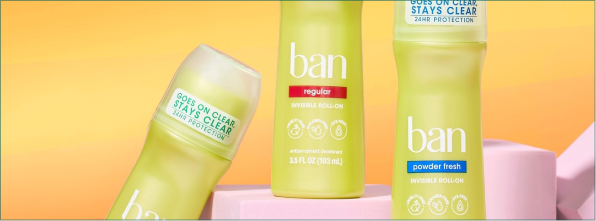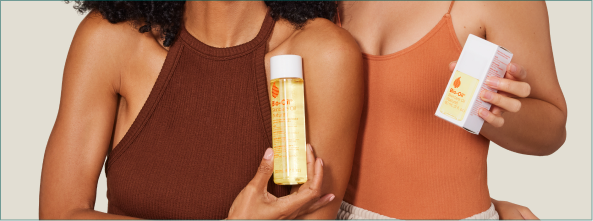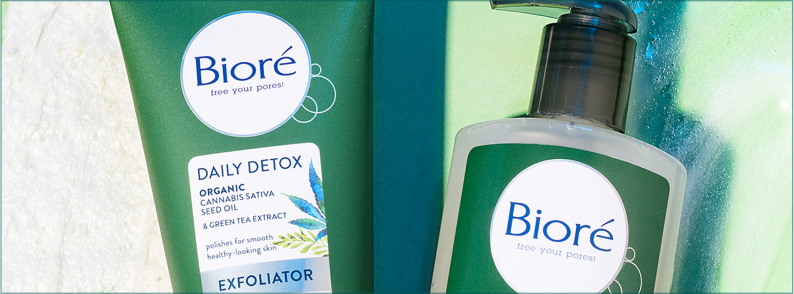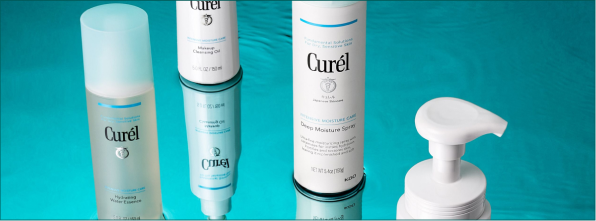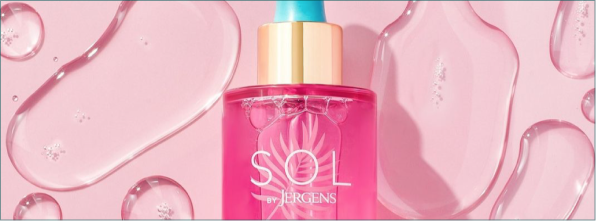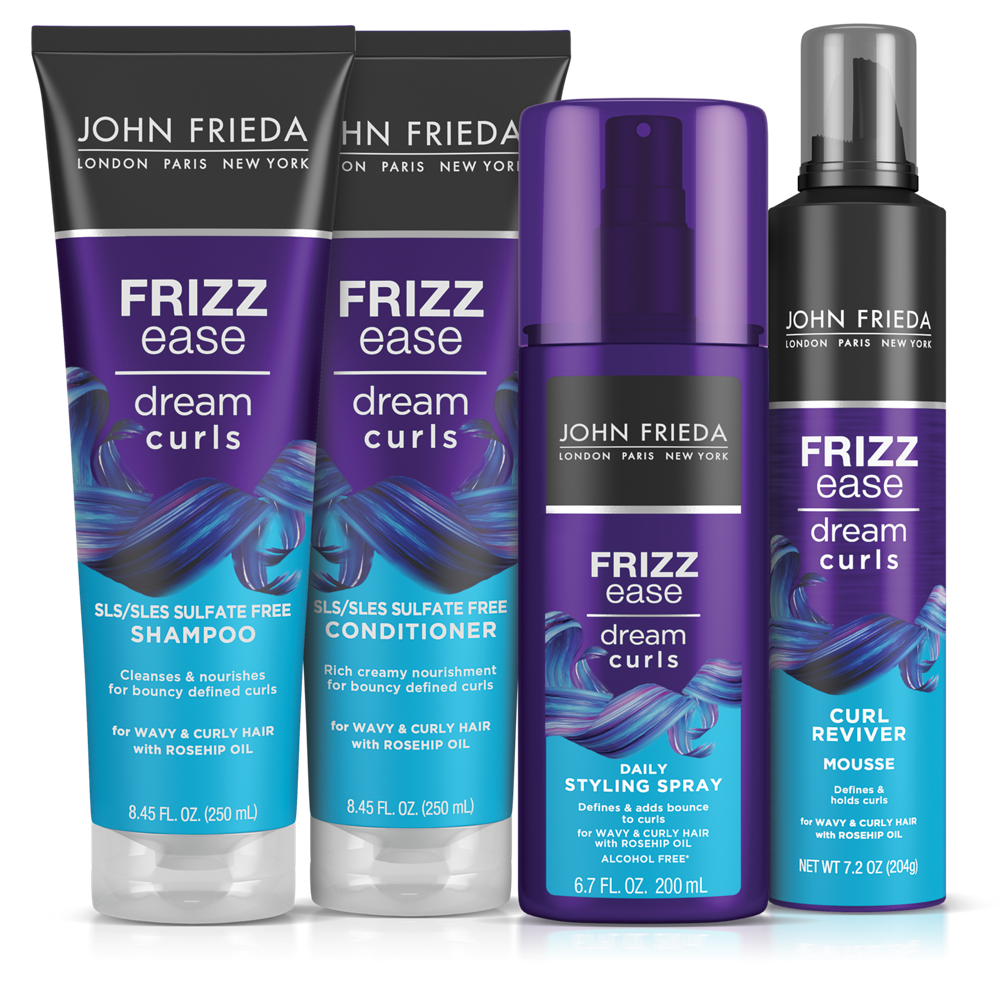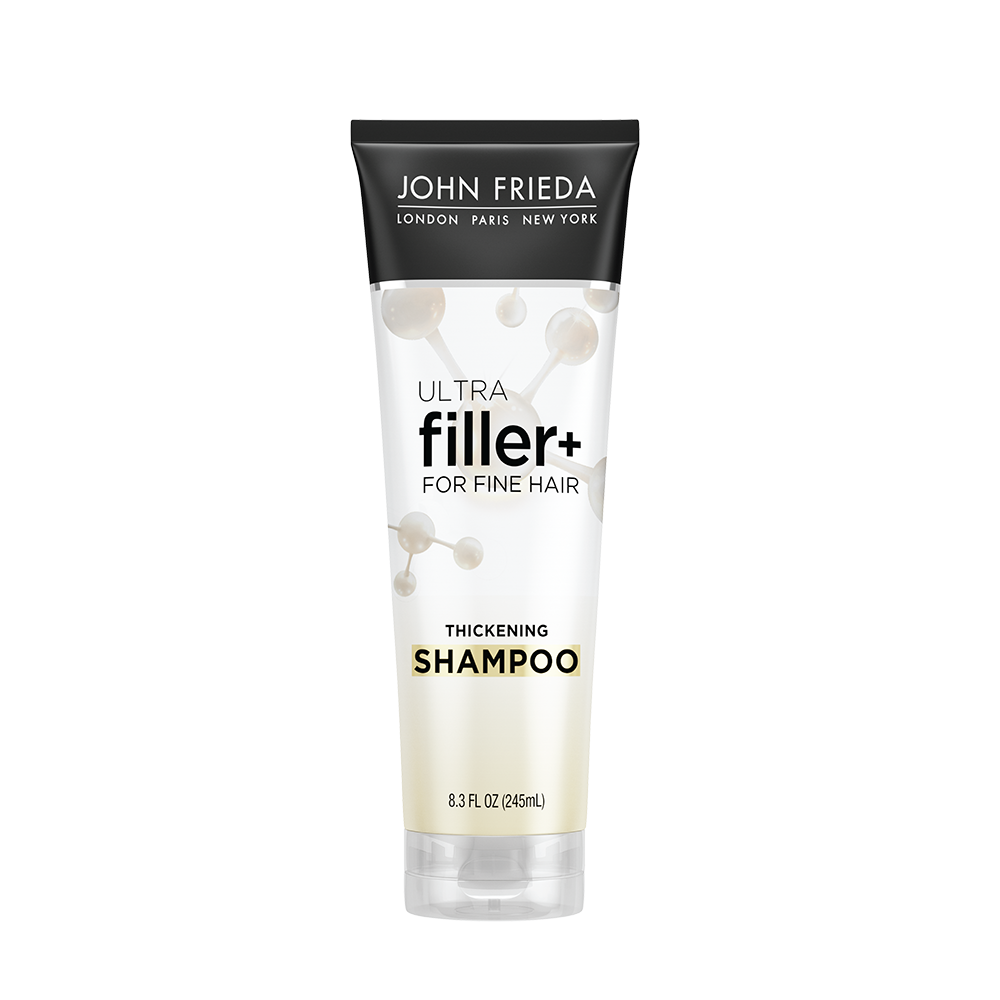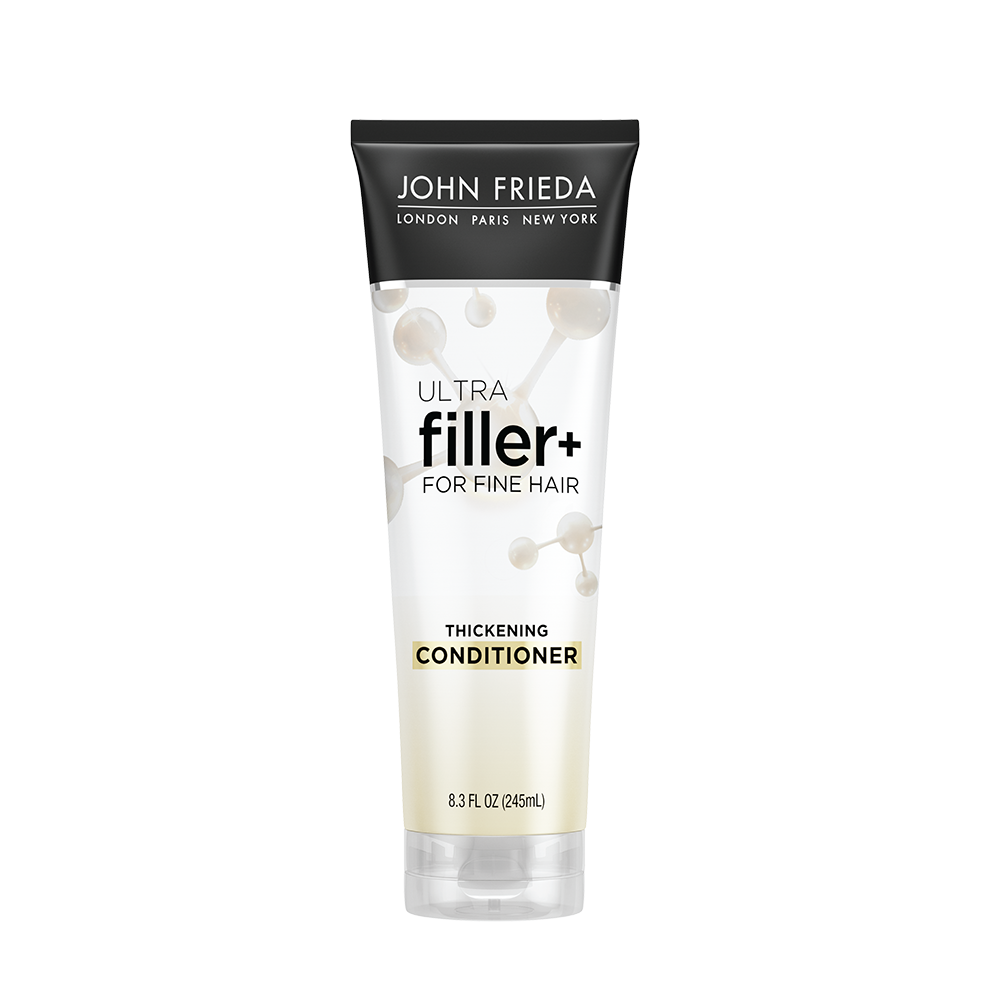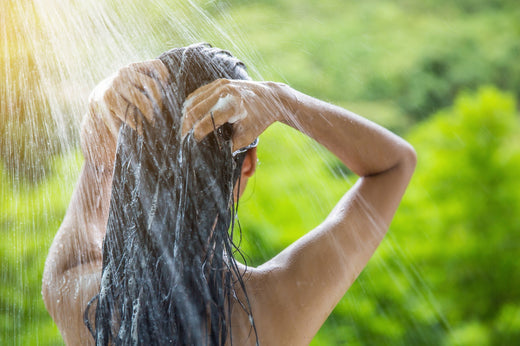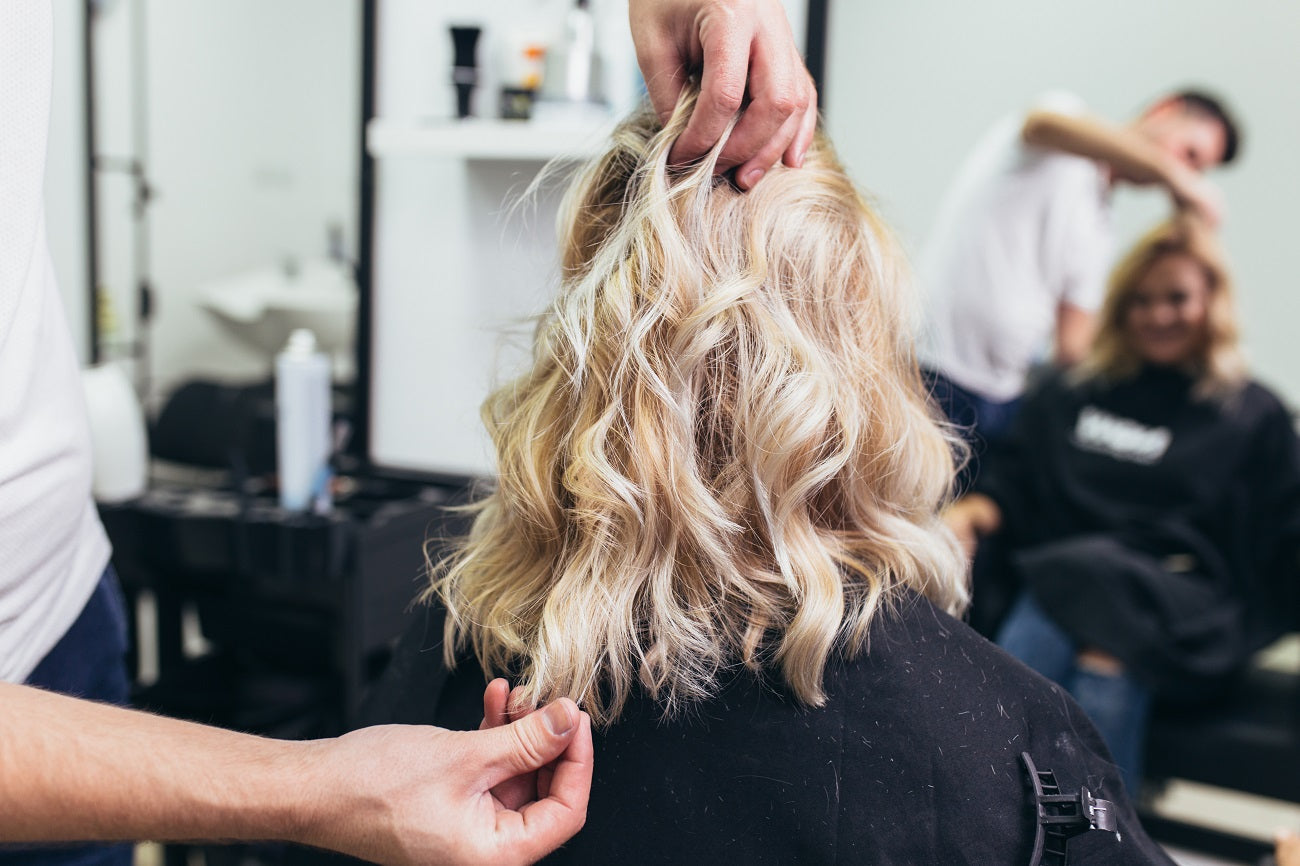What are the Different Types of Curly Hair?

Correctly identifying your curly hair type can save you from spending hours of frustration facing rows and rows of hair gels, creams, sprays, and mousses by narrowing down the products that target your specific hair texture.
Understanding your curl type is crucial for choosing the right products and creating a hair care routine that keeps your curls defined and healthy.
We’re passionate about helping you embrace your curls, regardless of their type.
In this guide, we’ll explore the various curl types and recommend tailored tips and products, like the John Frieda® Hair Care Frizz Ease Dream Curls Collection, to help you get the most out of your natural texture.
How Do You Identify Different Types of Curly Hair?
To determine your curl type, many professionals use the Andre Walker Curl Typing System, which divides curls into three categories:
- Type 2: Wavy hair
- Type 3: Curly hair
- Type 4: Coily or kinky hair
Each type has subcategories (e.g., 2A, 3B, 4C) that describe the curl tightness and texture. You can identify your curl type by examining your hair when it’s freshly washed and air-dried, noting its shape and level of frizz.
Another factor to consider is hair porosity—how well your hair absorbs moisture. Low-porosity hair might struggle to retain hydration, while high-porosity hair absorbs moisture quickly but can lose it just as fast.
Using a curl pattern chart can help you identify where your curls fall. Once you know your type, you can tailor your care routine to meet your hair's specific needs.

Why You Have Curly Hair
Curly hair is mainly attributed to genetics, which means the texture of a person’s curl type is inherited. Curly hair forms when the hair follicle grows in the shape of an oval instead of a perfectly round one like the follicle of straight hair. And the flatter the oval, the tighter your curls will be.
Curly hair types also have more protein bonds in the hair shaft than straight hair because the sulfur-containing amino acid cysteine is found abundantly in the fibrous protein hair made up of – keratin. These cysteines bond with other cysteines further down the hair shaft, causing hair to curl. And just like the shape of the follicle, the more protein bonds in the hair shaft, the curlier your hair will appear. So without further ado, here are the classifications and characteristics of the nine different types of curly hair.
What Are the Characteristics of Type 2 (Wavy) Hair?
Type 2 hair is wavy, falling somewhere between straight and curly. It tends to form loose "S" shapes and is subdivided into three types:
- 2A: Loose, barely-there waves that are fine and easy to style.
- 2B: More defined waves with a bit of frizz.
- 2C: Thick, well-defined waves with a tendency to frizz easily.
People with Type 2 hair often struggle with frizz, especially in humid environments. The key to managing wavy hair is lightweight products that enhance waves without weighing them down.
A great option is the Frizz Ease Dream Curls Curl Reviver Mousse, which helps to define waves while taming frizz.
Type 2A
This curl type of wavy hair features the loosest “S” pattern and is often finer in texture than other curly hair types. Type 2A can be easily straightened or curled with heat tools. Be careful to avoid heavy styling products, which can weigh your loose waves down. Instead, look for an airy, water-based styling foam to fight frizz and add body and life to your waves.
Type 2B
This type of hair lays flatter at the crown, with waves forming further down the shaft. Type 2B strands are thicker in texture, even more prone to frizz, and difficult to straighten. A sea salt spray can enhance your natural beachy waves without making them stiff or crunchy.
Type 2C
This curl type is the thickest, tightest, and most frizz-prone of the wavy hair types. This type's “S” pattern is well-defined, beginning at the crown and traveling down the shaft. Because Type 2C strands are extremely frizz-prone, a good frizz-fighting leave-in conditioner will help lock in moisture and keep out frizz-inducing humidity.

What Are the Characteristics of Type 3 (Curly) Hair?
Type 3 hair forms a clear spiral or "S" shape. These curls can range from loose loops to tight, springy spirals and are divided into three subtypes:
- 3A: Large, loose curls that are typically easy to manage.
- 3B: Tighter, bouncy curls with more volume.
- 3C: Dense, corkscrew curls that can shrink as they dry.
People with Type 3 hair often find their curls prone to frizz and shrinkage. Regular moisturization is essential to keeping curls defined and frizz-free.
Lightweight, hydrating products like the Frizz Ease Dream Curls Air Dry Waves Styling Foam enhance curl shape without weighing down hair, making it perfect for 3A to 3C hair types.
For more tips on managing curly hair, read about essential frizz prevention.
Type 3A
This curl type features wide, loopy curls about the width of a piece of sidewalk chalk. To emphasize the curl texture and keep those curls springing back, scrunch in a curl-defining, frizz-fighting curl cream.
Type 3B
This curly hair type is characterized by bouncy ringlets and the circumference of a Sharpie marker. Type 3B curls are often dry and frizz-prone, so look for hydrating, strong-hold styling gels that’ll keep your ringlets perfectly defined all day long.
Type 3C
Curl type 3C has tight, densely-packed corkscrews about the circumference of a straw or a pencil. Coily hair like this can easily become dry and frizzy, so scrunching in a thick, hydrating, curl-defining styling mousse or cream will keep your corkscrew curls smooth and bouncy.

What Are the Characteristics of Type 4 (Coily) Hair?
Type 4 hair, often referred to as coily or kinky, forms very tight curls or zigzag patterns. This hair type is highly textured and often the most fragile due to its natural dryness and tendency to shrink. There are three subtypes:
- 4A: Soft, dense coils with a visible curl pattern.
- 4B: Z-shaped curls that are tighter and less defined.
- 4C: Very tight curls with little definition, often shrinking significantly when dry.
Type 4 hair requires deep moisture treatments and gentle styling to prevent breakage. Rich, hydrating products are a must to help keep coils moisturized.
The Frizz Ease Extra Strength Serum is great for reducing breakage and locking in moisture, giving you smoother, shinier coils.
Type 4A
This type of curly hair has a tightly coiled “S” pattern with spirals about the circumference of a crochet needle. Though type 4A hair typically retains more moisture than other curl types, thick, deeply-hydrating leave-in conditioners and curl-defining creams will keep your spirals soft and bouncy.
Type 4B
This coily curl type is characterized by “Z”-shaped strands that are tightly packed and wiry to the touch. A thick, hydrating curling cream can help define the type 4B curl pattern for better texture and length.
Type 4C
Type 4Cs have the tightest coils of all the hair types, with about 75% shrinkage compared to the actual length of the hair strand. The “Z” pattern formed by this hair type is so tight and dense that it’s almost indiscernible. Type 4C curls are also the driest of curl types, so nourishing leave-in moisturizers and hair oils can help protect your coils and keep them soft and healthy.

How to Find Your Curl Type: The L.O.I.S. System
The L.O.I.S. system is another curl type classification system that helps you find your curl type, diving deeper into curl types 3 and 4, which is a concern some have with Walker’s typing system. Known as the L.O.I.S. African American Natural Texture Typing System, this can help curl types 3 and 4 better understand their hair, including shape, thickness, and texture.
1. Hair Strand Shape
This is where the acronym “L.O.I.S.” comes in.
- “L” curl types may have a bend in the form of a right angle or “L” shape.
- “O” curl types may roll into the shape of an “O” or a zero.
- “I” hair strands are straight like a “9.”
- “S” strands are wavy or resemble an “S.”
2. Hair Strand Size
The thickness of your hair strand is categorized as thin, medium, or thick.
- Thin hair strands are smaller than a line of sewing thread.
- Medium strands are about the same diameter as a strand of thread.
- Thick hair is classified as wider than a strand of thread.
3. Hair Strand Texture
Lastly, the L.O.I.S. system looks at texture, defined by five different categories.
- Thready. This type has a low sheen but a high shine when stretched. It’s not very prone to frizz, but it doesn’t hold moisture for long. It wets easily and dries quickly.
- Wiry. Wiry hair has a sparkly sheen but is also low in shine. It tends to resist water and can be prone to some frizz.
- Silky. This type is very shiny but low in sheen. It easily gets wet and is not usually prone to frizz.
- Spongy. This type is high in sheen but low in shine. It’s prone to shrinkage and compact frizzing. Spongy hair absorbs water but takes a while to get thoroughly wet.
- Cottony. Cottony strands are low in shine but experience a high sheen if stretched. They are also highly prone to frizz and do not get wet easily.
Conclusion
No matter what curl type you have, understanding your hair's unique needs is the key to keeping it healthy, defined, and frizz-free. Whether you have wavy, curly, or coily hair, selecting the right products for your curl pattern can make all the difference.
At John Frieda® Hair Care, we’ve developed a range of products specifically tailored to enhance and care for every curl type, from lightweight mousses for waves to deep conditioning serums for coily hair.
Discover our full range of curly hair products and start embracing your curls today.
